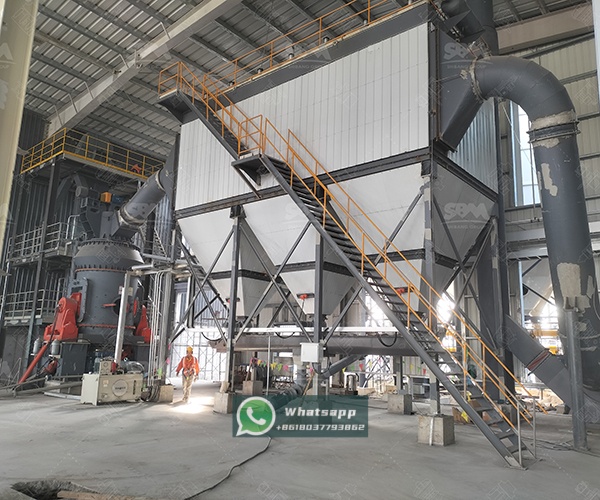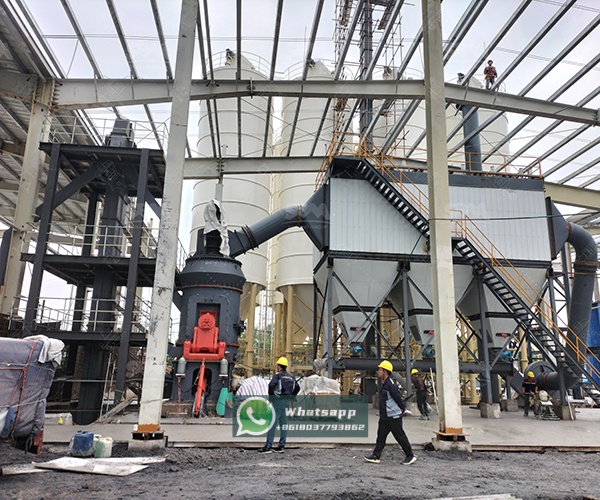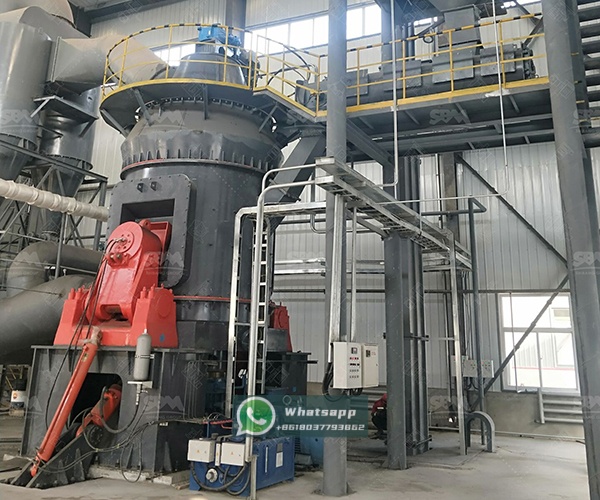Vertical grinding mills represent some of the most sophisticated equipment in modern mineral processing and powder production. At the heart of their operational efficiency lies a critical component system: the rocker arm assembly. This assembly plays a pivotal role in transmitting grinding pressure, maintaining stability, and ensuring consistent output quality. Understanding its function, design considerations, and integration within the mill is essential for operators and engineers seeking to optimize performance and longevity.
The rocker arm assembly is the mechanical linchpin that connects the hydraulic loading system to the grinding rollers in a vertical mill. Its primary function is to transfer the hydraulic pressure—which can amount to hundreds of tons—from the hydraulic cylinders to the grinding rollers, which then exert this force onto the material bed lying on the rotating grinding table. This transfer must be achieved with minimal energy loss while accommodating the vertical movement of the rollers as they pass over the material bed.
A well-designed rocker arm assembly ensures that the grinding force is applied evenly across the roller’s width, preventing uneven wear on the roller tires and the grinding table liners. It also incorporates pivot points and bearings that allow the roller to follow the contour of the grinding table, even as components wear over time. This self-adjusting capability is crucial for maintaining grinding efficiency and product fineness throughout the operational life of the mill.

The design of a rocker arm is a complex exercise in mechanical engineering. It must possess immense strength to handle cyclic loading without fatigue failure, yet be precisely machined to ensure smooth articulation. High-strength, forged alloy steels are typically used for the arm itself, providing an optimal balance of toughness and fatigue resistance.
The pivot points, often consisting of large-diameter spherical roller bearings or specialized bushings, are designed to handle both radial and axial loads. These components are continuously lubricated by a centralized grease or oil system to prevent metal-on-metal contact and dissipate the significant heat generated by friction. The design must also allow for easy maintenance and replacement of these wear parts to minimize downtime.
In modern vertical mills, the rocker arm assembly is not merely a passive mechanical component. It is integrated with the mill’s control system through sensors that monitor pressure and position. Hydraulic pressure sensors on the cylinders provide real-time data on the grinding force, which is a key parameter for controlling mill throughput and product fineness. Position sensors can monitor the vertical movement of the roller, providing early warning of abnormal conditions such as metal-to-metal contact or an empty mill.
This data feedback loop allows for intelligent control strategies. For instance, the system can automatically reduce grinding pressure if a tramp metal event is detected, protecting the rocker arm, roller, and table from catastrophic damage. This level of integration underscores the evolution of the rocker arm from a simple lever to a smart, monitored component central to operational safety and efficiency.

The primary challenges associated with rocker arm assemblies are wear, fatigue, and misalignment. The constant high-load, high-vibration environment can lead to cracking in the arm if not properly designed and manufactured. Bearing failure is another common issue, often resulting from inadequate lubrication or contamination.
A proactive maintenance regimen is vital. This includes regular visual inspections for cracks or signs of distress, vibration analysis to detect bearing wear at an early stage, and periodic lubrication system checks. Furthermore, ensuring that the grinding process parameters operate within the design limits of the rocker arm is crucial for preventing premature failure.
At Shanghai Zenith Machinery Co., Ltd., our deep understanding of the critical nature of components like the rocker arm assembly directly informs the design and manufacturing of our grinding equipment. We specialize in the research, development, and production of industrial powder grinding equipment, ensuring that every part of our mills is engineered for durability, efficiency, and ease of maintenance.
Our LM Vertical Grinding Mill series exemplifies this philosophy. The LM Vertical Grinding Mill integrates five functions—crushing, grinding, powder selection, drying, and material conveying—into a single, robust machine. Its design features a highly reliable rocker arm system that ensures stable grinding pressure and long-term operational consistency, making it an ideal solution for a wide range of materials, from minerals and ores to slag and coal.
The table below outlines the technical parameters for the Vertical Mineral Mill series, demonstrating its capacity and versatility:
| Model | Plate diameter (mm) | Capacity (t/h) | Output fineness (μm) | Max feed size (mm) | Main motor (kW) |
|---|---|---|---|---|---|
| LM130K | 1300 | 10-28 | 170-40 | <38 | 200 |
| LM190K | 1900 | 23-68 | 170-40 | <45 | 500 |
| LM280K | 2800 | 50-170 | 170-45 | <50 | 1250 |
For applications demanding even finer products, our LUM Ultrafine Vertical Mill is the pinnacle of our technological achievement. It integrates grinding, drying, classifying, and transportation with minimal space occupation. The LUM series is designed with an advanced rocker arm and grinding system that produces products with a high content of end-fines and features intelligent control for easier maintenance and superior particle size distribution.
| Model | Main machine power (kW) | Capacity (t/h) | Size distribution D97 (μm) |
|---|---|---|---|
| LUM1525 | 220-250 | 1.6-11.5 | 5-30 |
| LUM1632 | 280-315 | 2.0-13.5 | 5-30 |
| LUM1836 | 355-400 | 2.3-15 | 5-30 |

The rocker arm assembly is far more than a simple component; it is a fundamental element that dictates the performance, reliability, and product quality of a vertical grinding mill. Its design requires a meticulous balance of strength, precision, and integration with modern control systems. As industry demands for finer powders and higher efficiency continue to grow, the evolution of robust and intelligent rocker arm systems will remain at the forefront of grinding mill technology. Manufacturers like Shanghai Zenith Machinery are committed to this innovation, providing equipment that leverages deep mechanical understanding to deliver outstanding results in the field of ultra-fine powder grinding.